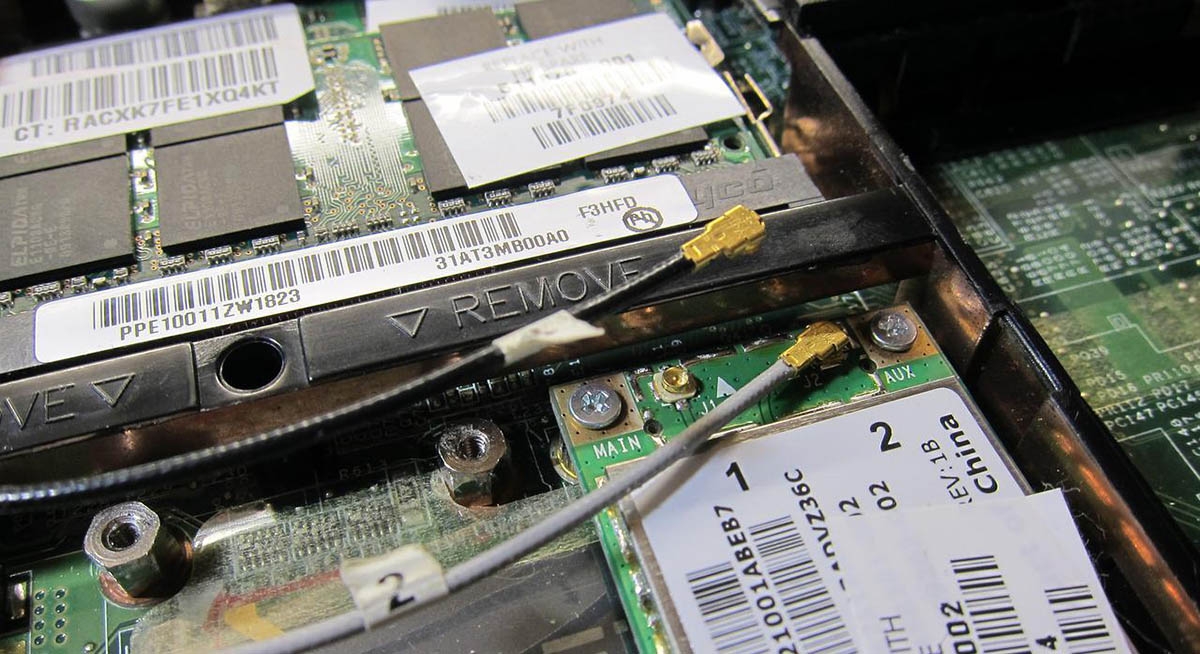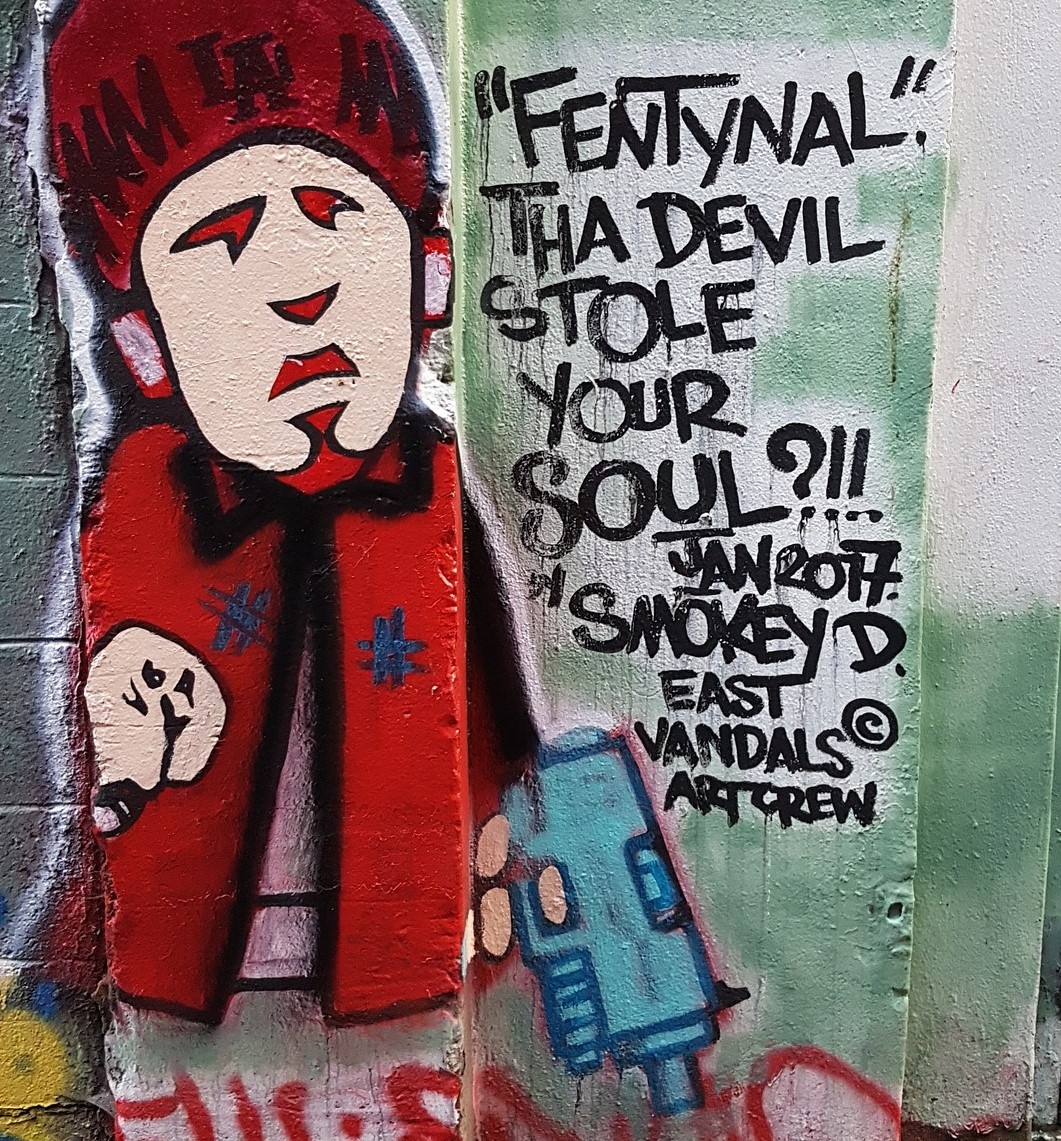
Choosing the right barcodes for your business
Investing in barcodes for your products is one of the best decisions you can make. They are the tools that you need to boost your profit margins and enable your business to thrive. The key aim is to choose the right barcodes for your specific business needs. There is a huge variety of different kinds of codes to choose from. Each different kind of code has its own unique purpose and is used in very specific ways within a business. Barcodes have changed every aspect of our lives in this modern age and they have become essential for any business involved in retail in South Africa and throughout the world.
Deciding on which kind of barcodes to purchase for your business can be a challenging prospect, especially for new business owners. Starting out in retail is difficult and one needs all the help you can get. The type of codes that you will need will depend entirely on your specific business needs. How many product lines do you have? Where would you like to stock your products? At large retailers or smaller outlet stores? What are your plans for expansion? Once you have answered these questions, you will be ready to look at all the different codes at your disposal and decide which would be the best suited for your unique business needs.
One-dimensional barcodes
One-dimensional codes are simple barcodes that consist of black and white vertical lines (often with numbers below them). They are the most common, popular codes and are seen in retailers throughout the world. The two most popular of these 1D barcodes are the UPC and EAN. These are both American codes that have spread throughout the world, including South Africa. In essence, they are the same code. The EAN has an extra 0 in front of it, making it thirteen digits long. Most retailers prefer the EAN to the UPC as it is far more versatile and adaptable.
These give retail owners complete control over their inventory, from beginning to end. They are used to track this inventory until it is sold to the end consumer. Barcodes are also used in order to ensure that the whole sales process runs as smoothly and efficiently as possible. Using codes to scan items means that there won’t be long queues for clients to wait in. In addition, barcodes lower the rate of human error within retailers, thus saving both time and money.
How many will you need to purchase? This all depends on what you plan on selling. You will need a unique code for every size and variation of your products. An example of this is if you are planning to sell tomato sauce in two different sizes (500ml and 1 litre) and two different variations (hot and mild), you will require four different barcodes. If you expand these products to include new sizes or different variations, you will need to buy more codes. It is very important to ensure that all your barcodes are fully registered on the international database to ensure they are legal.
Many of the larger retailers will not stock any products that do not have barcodes. Therefore, by barcoding your products, you are ensuring that they will be stocked in a far greater variety of stores. They will get more exposure and in this way, your business will be able to expand into new markets.
How big or small are your products? There are specific one-dimensional codes called EAN-8 codes. This code is basically a shorter, smaller version of the more traditional EAN-13 barcode. It is used specifically on products that require an exceptionally small code, such as pens or pencils.
Are you planning on supplying your products in bulk to retailers? If so, then you will need to purchase ITF-14 barcodes. These are also called Box or Case codes and are used to supply products in bulk. This 14-digit code is linked to the individual product’s unique EAN code. So your products will need both EAN and ITF-14 codes. For example, if you are selling tomato sauce in a case of 6, each tomato sauce bottle will have an EAN and the box will have an ITF-14 code linked to this EAN. When this case barcode is scanned, it will automatically bring up a case of 6.
Two-dimensional barcodes
In contrast to 1D codes, 2D codes are far more complex. They are able to store a much longer string of characters and numbers, allowing you to create coherent sentences or complex unique coded messages – and anything in between. One of the most common 2D codes is the Quick Response (QR) code, consisting of black and white squares forming a bigger square. This QR code has many uses within retail stores. Firstly, they have led to the development of many payment applications such as Snapscan and Zapper. These applications make it possible for clients to pay for their purchases by simply scanning a QR code and following the prompts on how to make payment. This ensures that the sales process is quicker and more convenient. These days, many clients are unwilling to carry cards or cash around with them and are thus appreciating the convenience of being able to pay with their Smartphone. Using Snapscan or any other payment application will lead to shorter queues and happier clients. Without QR codes, this would not be possible.
A QR code can be generated from a website URL and when scanned, automatically directs the user to that website. In this way, QR codes have been used to promote businesses in the wider community by connecting curious customers to information about your business. Customers can be directed to a webpage of current special running, or a webpage where they can collect a coupon – encouraging them to visit your store in the near future!
https://barcodes123.co.za is an official supplier of both one-dimensional and two-dimensional barcodes in South Africa, having served businesses of all sizes for more than a decade. These barcodes are fully registered with the international barcodes database and come with a certificate of authentication guaranteeing sole use and sole ownership. EAN and UPC barcodes are a must have for any business within South Africa as they will boost your business within the competitive retail world.
Photo: Pixabay









